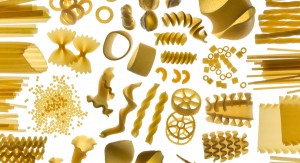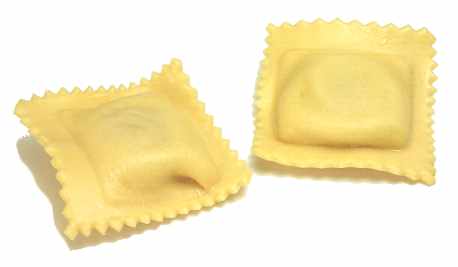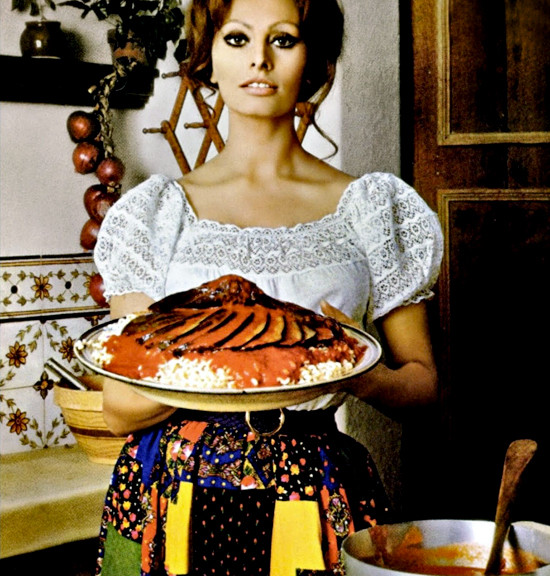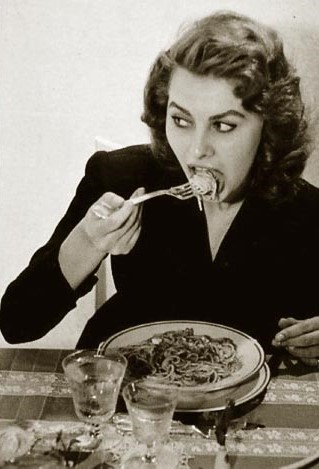Pasta 101
“Everything you see I owe to spaghetti.” – Sophia Loren (probably not true but should be)
Cooking – Let’s start with the basic cooking of pasta – you boil it. First, use more water than you’d think you’d need, about four quarts for one pound. Add a lot of salt, at least 2 tablespoons (it can only absorb so much) and don’t pay attention to what the celebrity chefs say and add a few drops of oil if you want. Some people think it keeps the pasta from sticking together as it cooks and others think it prevents the sauce from adhering to it. Make up your own mind. Pick a pasta shape that compliments the sauce. Cook it until it’s done the way you like it and don’t worry about the Al Dente Police raiding your kitchen. If you have room in the pot you can finish cooking the pasta in your sauce. Save a cup of the pasta water. You can use it if you need to thin the sauce.
Secca vs. Fresca


One isn’t better than the other, they’re just different. Secca is the most common one. It’s the dry pasta you find in every grocery store – think Ronzoni or Buitoni. It’s made with semolina flour (hard durum wheat) and water and can handle the mechanical process required to make it. It lasts for months. Secca is more popular in the south of Italy, it’s cheaper than fresca and can be used with heartier sauces. Fresca is made from bread flour and sometimes eggs. It lasts about 5 days in a refrigerator. It’s tender and absorbent and works with light sauces – try sage and butter.
My mother used almost only secca but on special occasions she would make fresca. Cavatelli, which she pronounced in the Salernitano dialect gav-a-deel, was so simple that I would often help. I’d roll out a snake-like section of her dough, cut it into one inch pieces and then sort of smear them with my thumb. Mine weren’t as pretty as hers but still not bad.
On very special occasions we’d have ravioli. My mother, aunts and grandmother never used anything but a ricotta mix for stuffing. Since we never ate in Italian restaurants I didn’t know they could be made with meat or anything else (pumpkin?) until I was almost an adult. My family’s ravioli were square, large, sealed by crimping with a fork and laid out on a clean sheet on the bed to dry before cooking. You can get good ones at Piemonte on Grand near Mulberry Streets or Pastosa.
Pasta Asciutta – Not a very common term but it’s nice to know. That’s pasta served with sauce as opposed to minestra, a soupy pasta with vegetables i.e. Pasta Piselli , or Minestra and Zuppa
Noodles – There are American egg noodles and Chinese rice noodles but as far as I know there are no Italian noodles.

Grated cheese – Since cheese is so closely associated with pasta I’ll mention it here. Use Parmigiana, Loccatelli, Romano or whatever you like but don’t think you can put it on everything because it can overpower a delicate dish. If you really want cheese, eat a piece of cheese. Instead of the hard grating cheeses, try dry ricotta salada sometime or maybe a tablespoon of fresh ricotta in your dish before you put in pasta with tomato sauce. Instead of any grated cheese at all, try toasted breadcrumbs. And remember – never, never put cheese on seafood.
Click here for updated GALLERY



